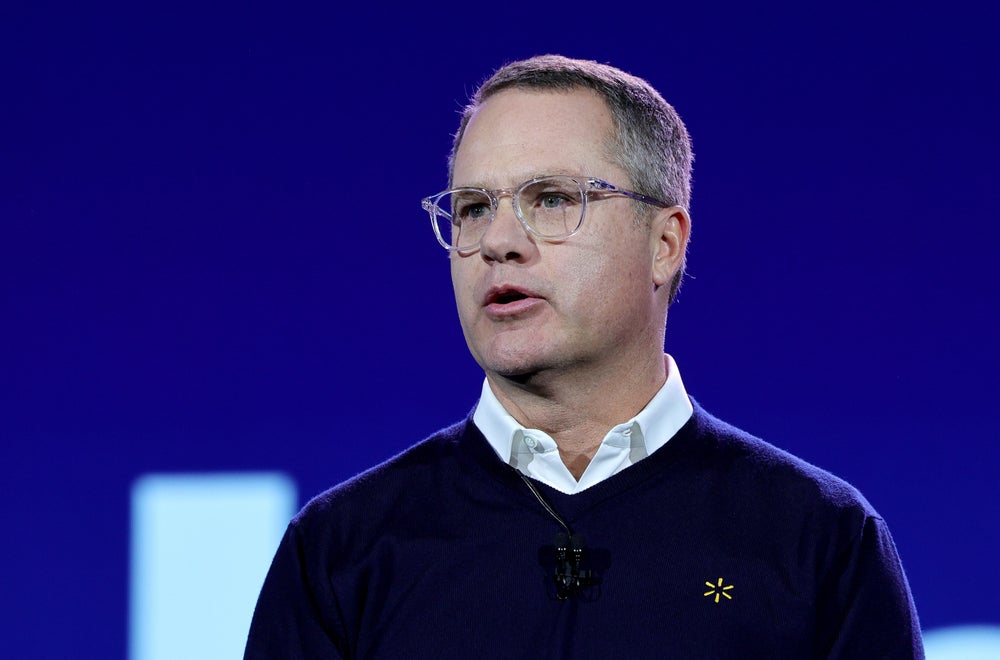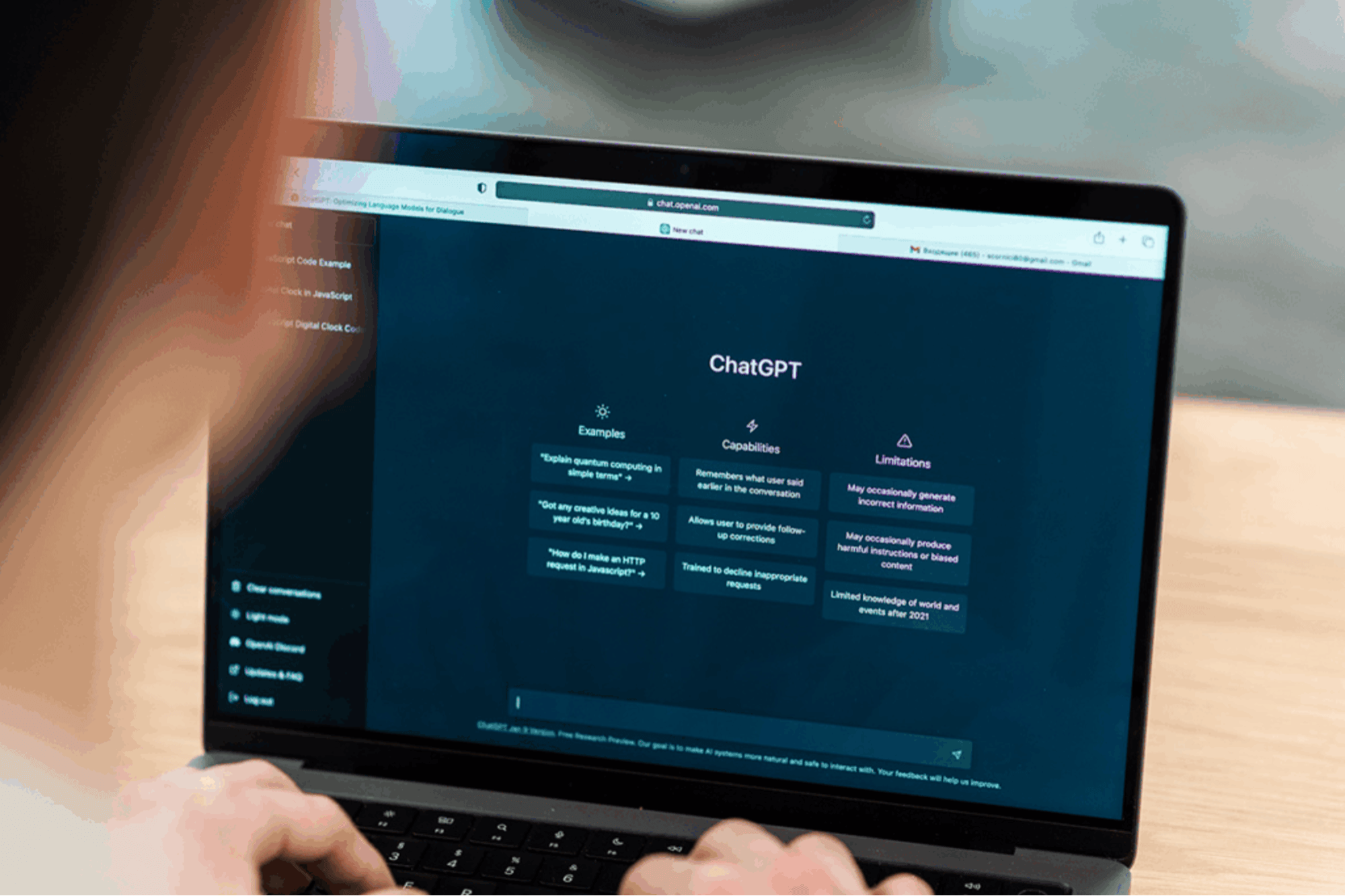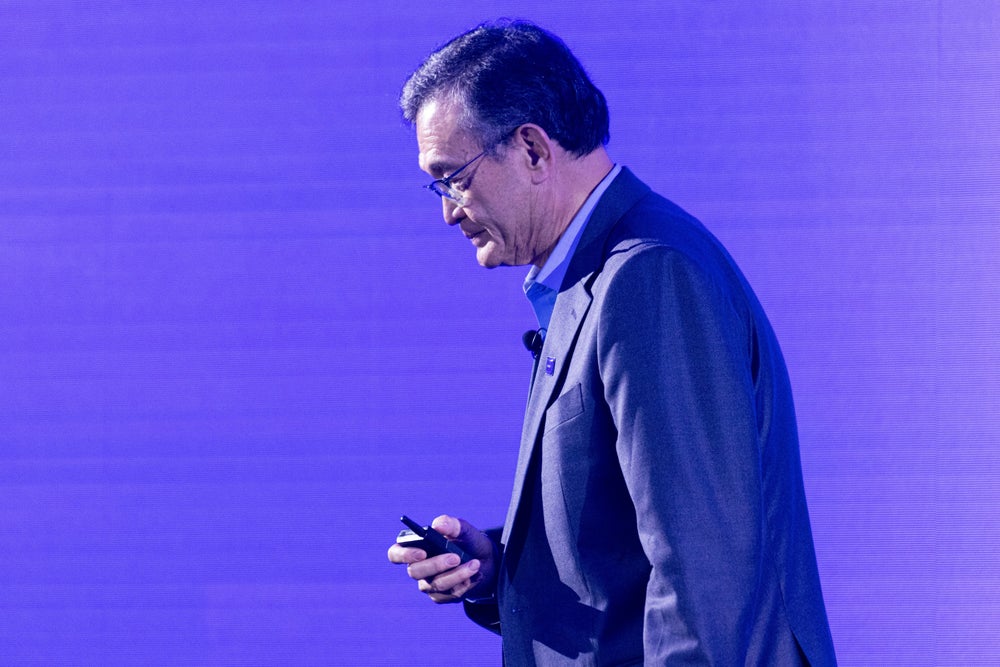How to Make Sure ChatGPT Recommends Your Products — Not Your Competitor’s
Opinions expressed by Entrepreneur contributors are their own.
A major shift is underway in the way consumers discover, research and purchase products online — and it’s being driven by artificial intelligence.
OpenAI is rolling out new features and exploring integrations with platforms like Shopify that could allow users to shop directly through ChatGPT. This means customers could search for and buy products from Shopify merchants without ever leaving a chat interface.
For decades, online shopping began with a Google search. Consumers typed in keywords, skimmed links, compared reviews and then clicked “buy.” That model is quickly being replaced by something faster, smarter and more personalized: AI-assisted shopping.
According to Adobe Analytics, 39% of U.S. consumers say they’ve already used generative AI for shopping-related tasks. More than half (53%) plan to use it this year to research products, get gift ideas, compare pricing and discover unique brands.
Instead of browsing dozens of web pages, AI assistants summarize product options instantly, personalize recommendations and even build shopping lists tailored to individual needs. Here are the latest developments you need to know:
Related: The Future of SEO — 3 Trends Every CEO Should Know
AI-powered shopping: what’s already happening
This shift isn’t just theoretical — it’s already taking shape:
- Even before fully integrating with Shopify, Open AI has improved ChatGPT’s product search and memory, allowing customers to buy products surfaced by AI chat responses.
- Amazon recently launched a “Buy for Me” feature that allows AI agents to purchase products from other brand websites when they aren’t available on Amazon.
- Perplexity introduced a Pro Shopping Assistant in 2024, designed to streamline decision-making by providing AI-curated product summaries
This new generation of intelligent shopping tools is redefining what it means to be “discoverable.” For e-commerce brands, that means adapting fast, or risk being left out of the conversation entirely.
What does this mean for your business?
To stay competitive in an AI-driven marketplace, brands must rethink how they present their products online. Here are five practical steps you can take today:
Step 1: Shift from SEO to AEO
Search engine optimization (SEO) dominated digital marketing for decades. Brands invested heavily to optimize their websites and content with keywords for search engines – a race to be listed at the top of Google’s search results. That’s how companies stood out among competitors, driving traffic and boosting sales.
But searching for products on Google forces consumers to scroll through various websites and click a lot of links to read reviews, compare product features and evaluate pricing and shipping times. While convenient and fast compared to traditional, in-person shopping, AI now offers an even more efficient shortcut.
AI chatbots can instantly search everywhere, scouring the Internet for websites and feedback, and then provide an easy-to-follow summary of findings. With customers increasingly using AI instead of Google to shop, SEO is becoming less relevant. In addition to SEO, what you now need is a way to make sure your products are included in ChatGPT’s recommendations and responses.
Answer engine optimization (AEO) is the new SEO. While this shift is just getting underway, tech and consumer behavior are moving fast. If you want to stay ahead of the competition, you need to start adapting your strategies now to optimize for AI.
Step 2: Make sure AI can understand and recommend your products
As platforms like Shopify become more integrated with AI systems, you want to make sure the AI chatbot suggests your products, not your competitor’s. To be recommended, brands need to organize and present their data in a way that’s accessible and readable by ChatGPT. And, as consumers engage in conversation with chatbots – by adding or taking away criteria, for example – updated responses will surface in real-time.
Brands will need support designing their Shopify storefronts and listings in order to stay ahead of ChatGPT’s nuanced recommendation engine.
That means:
- Optimizing your Shopify product listings with clear, conversational copy
- Using standardized formats for pricing, availability and shipping
- Highlighting your most competitive features in plain language
When consumers interact with AI assistants — adding preferences or asking follow-up questions — the AI dynamically updates recommendations. If your product data isn’t accessible or detailed enough, your brand could be left out.
My company, FORE Enterprise, is developing infrastructure to support both customers and brands through this AEO shift. By connecting your company’s own data to ChatGPT, we help ensure the accuracy of the information shoppers receive about your brand.
Related: Predictive AI Search Is Here — Is Your Brand Ready for It?
Step 3: Differentiate or disappear
AI assistants rely on data to make decisions, and that means only the best-positioned products will be recommended.
To stand out, you need to clearly communicate:
- What makes your product different
- Why it’s worth the price
- What value it offers over similar options
Ask yourself: If a consumer were using a chatbot to shop, what would they want to know about your product? Price? Durability? Eco-friendly packaging? Award-winning design?
Start by identifying your brand’s unique value propositions, then ensure those qualities are clearly reflected in your listings and website content.
Step 4: Write like a human, not a spec sheet
AI tools like ChatGPT rely on natural language understanding, so your product pages need to speak the way humans do.
Instead of jargon-heavy descriptions or overly technical language, focus on conversational, customer-focused storytelling:
- Answer common questions customers might ask
- Highlight use cases and real-life benefits
- Use bullet points, bold text and digestible formatting
The more your content resembles how people actually talk and shop, the easier it is for AI to understand — and recommend — your products.
Step 5: Start now — not later
The AI shopping revolution is happening quickly. While the concept of AEO is still evolving, the companies that move first will have the biggest advantage.
Right now, there’s a narrow window to position your brand at the forefront of AI-driven discovery. This means:
- Auditing your product content and structure
- Rewriting listings for clarity and AI-readability
- Partnering with experts to connect your data to AI platforms
Final thought: adapt early, win big
This isn’t just a new tech trend. It’s a fundamental change in how people find, evaluate and purchase products online.
Brands that succeed in the next era of e-commerce will be those that understand how AI thinks, speaks and recommends. If you want to ensure your products are seen — and bought — you need to act now.
Let AI work for you, not against you.
A major shift is underway in the way consumers discover, research and purchase products online — and it’s being driven by artificial intelligence.
OpenAI is rolling out new features and exploring integrations with platforms like Shopify that could allow users to shop directly through ChatGPT. This means customers could search for and buy products from Shopify merchants without ever leaving a chat interface.
For decades, online shopping began with a Google search. Consumers typed in keywords, skimmed links, compared reviews and then clicked “buy.” That model is quickly being replaced by something faster, smarter and more personalized: AI-assisted shopping.
The rest of this article is locked.
Join Entrepreneur+ today for access.
How to Make Sure ChatGPT Recommends Your Products — Not Your Competitor’s Read More »





 Walmart CEO Doug McMillon. Photo by Ethan Miller/Getty Images
Walmart CEO Doug McMillon. Photo by Ethan Miller/Getty Images





 Intel CEO Lip-Bu Tan. Photographer: Annabelle Chih/Bloomberg via Getty Images
Intel CEO Lip-Bu Tan. Photographer: Annabelle Chih/Bloomberg via Getty Images